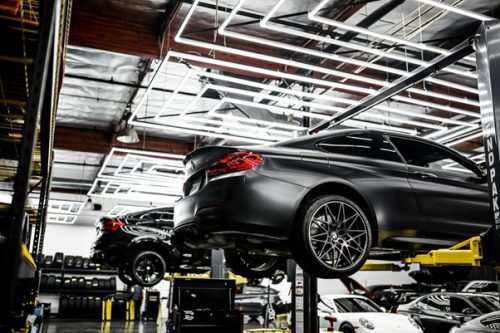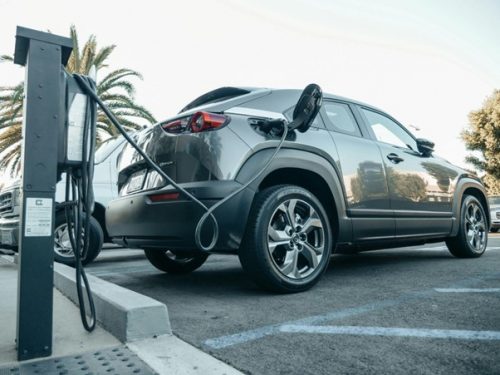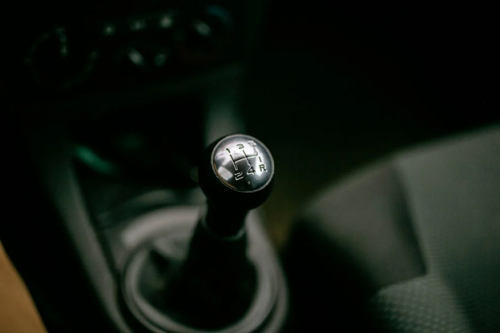
Top 10 Common Land Rover Issues and How to Fix Them
Posted in: Driving Tips, News.
Land Rovers are known for their ruggedness and off-road capabilities, making them a favourite among adventurers. However, like any vehicle, they come with their own set of common issues. If you’re a Land Rover owner, understanding these problems and how to fix them can save you time and money. Let’s dive into the top 10 common Land Rover issues and the solutions to keep your vehicle running smoothly.

1. Air Suspension Problems
Issue: Land Rovers, especially the Range Rover models, are notorious for air suspension failures. You might notice your vehicle sagging or leaning to one side, indicating a problem with the air suspension system. This can lead to an uncomfortable ride and can affect the handling of your vehicle.
Solution: The first step is to inspect the air suspension system for leaks. Common culprits include the air springs, compressor, and air lines. If you detect a leak, it’s often necessary to replace the air springs. This is a job that can be tackled at home if you’re handy with tools, but it’s often best to have an independent Land Rover specialist handle it to ensure everything is installed correctly. Regular maintenance and inspections can help prevent these issues from becoming severe.
2. Electrical System Glitches
Issue: Land Rovers are packed with electrical components, which can sometimes lead to problems like dashboard warning lights, malfunctioning lights, or faulty wiring. Electrical glitches can be particularly frustrating because they can affect a wide range of systems in your vehicle, from the engine to the entertainment system.
Solution: Start by using a diagnostic tool to identify the specific issue. Once you have a diagnostic code, you can look up the problem or consult a specialist. Often, the solution involves replacing faulty sensors, repairing wiring, or updating software. Regular checks of your vehicle’s electrical system can help catch issues early before they lead to more significant problems. If you’re not comfortable dealing with electrical issues, it’s advisable to seek help from an independent Land Rover specialist.
3. Oil Leaks
Issue: Oil leaks are common in older Land Rover models. You might notice oil spots under your vehicle or a drop in oil levels, which can lead to engine problems if not addressed promptly. Leaks can occur in various parts of the engine, including the valve cover gasket, oil pan, and oil seals.
Solution: To address oil leaks, first, identify the source of the leak. This might involve cleaning the engine and then watching for fresh oil to appear. Common fixes include replacing the valve cover gasket, oil pan gasket, or other seals that have worn out over time. Using high-quality oil and ensuring that all seals and gaskets are in good condition can help prevent future leaks. Regular oil changes and inspections are crucial in maintaining your Land Rover’s engine health.
4. Transmission Issues
Issue: Some Land Rover models experience transmission problems, such as slipping gears, delayed shifting, or harsh shifting. These issues can lead to a poor driving experience and, if left untreated, significant damage to the transmission.
Solution: Check the transmission fluid levels and quality. Low or dirty fluid can cause many transmission issues. If the fluid level is low, top it off with the recommended type of transmission fluid. If the fluid is dirty or has a burnt smell, it’s time for a transmission fluid change. Regular transmission servicing and fluid changes are essential to maintain smooth operation. In more severe cases, you might need to replace the transmission filter or even the transmission itself. Always consult with a professional if you’re unsure.
5. Coolant Leaks
Issue: Coolant leaks can lead to engine overheating, which is a serious problem for Land Rover owners. Overheating can cause severe engine damage if not addressed promptly, making it crucial to keep the cooling system in good working order.
Solution: Inspect the radiator, hoses, and water pump for leaks. Look for signs of coolant on the ground under your vehicle or a drop in the coolant reservoir level. Common fixes include replacing worn-out hoses, a faulty water pump, or a damaged radiator. Ensure that the coolant system is properly filled and that the coolant is of the correct type for your vehicle. Regularly checking and maintaining the cooling system can prevent overheating issues.
6. Brake Wear
Issue: Land Rovers, due to their weight and off-road use, can experience faster brake wear. You might notice squeaking or grinding noises, a soft brake pedal, or reduced braking performance.
Solution: Regularly inspect brake pads and rotors. Replace them as needed and ensure the braking system is functioning correctly. Using high-quality brake components can extend their lifespan. Pay attention to the warning signs of brake wear and address them immediately to ensure your vehicle’s safety. Additionally, consider having your brakes checked by a specialist during routine maintenance to catch any issues early.
7. Differential Problems
Issue: Differential failures can occur, leading to noises or vibrations from the drivetrain. The differential is a crucial part of your vehicle’s drivetrain, distributing power to the wheels and allowing them to rotate at different speeds.
Solution: Regularly check the differential fluid and replace it according to the manufacturer’s schedule. Low or dirty differential fluid can cause wear and damage to the differential. If you hear unusual noises or feel vibrations while driving, it’s essential to address them immediately. Replacing the differential fluid and checking for worn or damaged parts can prevent more significant issues. Consulting a specialist for regular inspections can help keep the differential in good condition.
8. Timing Chain Tensioner Issues
Issue: Some Land Rover engines, particularly the V8s, have issues with timing chain tensioners, which can cause engine damage if not addressed. Symptoms include rattling noises from the engine, especially during startup.
Solution: If you hear rattling noises from the engine, it’s crucial to have the timing chain tensioner checked. Replacing the timing chain tensioner can prevent major engine damage and ensure the timing chain operates smoothly. This is typically a complex job best handled by a professional. Regular maintenance and timely replacement of the tensioner can help avoid costly engine repairs.
9. Fuel System Problems
Issue: Fuel pump or injector failures can lead to poor engine performance or starting issues. Symptoms include difficulty starting the vehicle, poor acceleration, or rough idling.
Solution: Regularly inspect and clean the fuel system components. Replace the fuel filter and ensure the fuel injectors are working properly. Using high-quality fuel can also help maintain the system. If you experience fuel system problems, a thorough inspection and cleaning or replacement of faulty components can restore performance. Consulting a specialist can provide additional insights and solutions.
10. Steering Shaft Issues
Issue: Some Land Rover models experience problems with the steering shaft, leading to clunking noises or difficulty steering. The steering shaft connects the steering wheel to the steering mechanism, making it essential for vehicle control.
Solution: Inspect the steering shaft for wear and tear. Replacing the steering shaft or related components can restore smooth steering operation. Regular inspections of the steering system can help catch issues early before they affect your ability to control the vehicle. If you notice any unusual noises or difficulty steering, address the problem promptly.
Conclusion
Owning a Land Rover is an adventure, but it’s important to be aware of these common issues and how to address them. Regular maintenance and timely repairs can keep your Land Rover in top shape, allowing you to enjoy its capabilities without interruption.
By staying proactive and addressing issues early, you can ensure your Land Rover remains reliable and ready for any adventure that comes your way.
Tags: Top 10 Common Land Rover Issues and How to Fix Them












